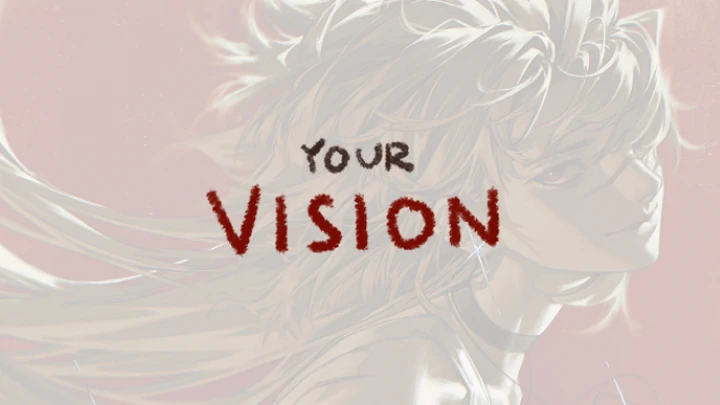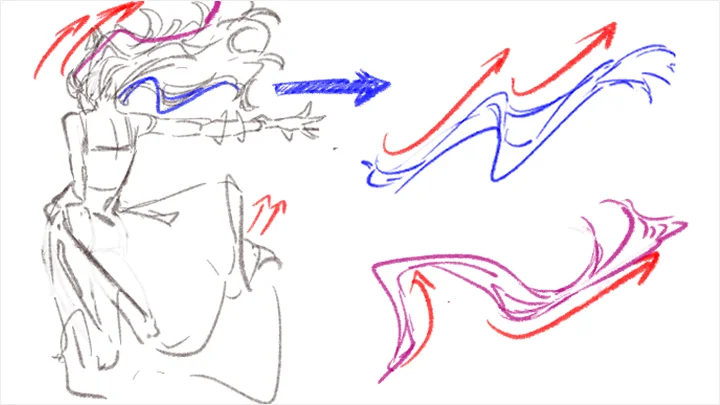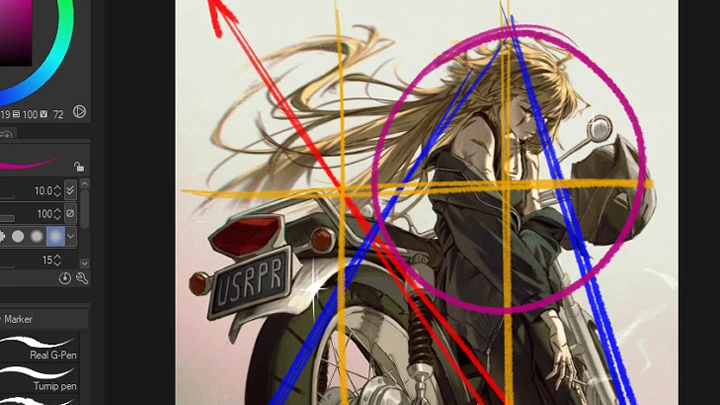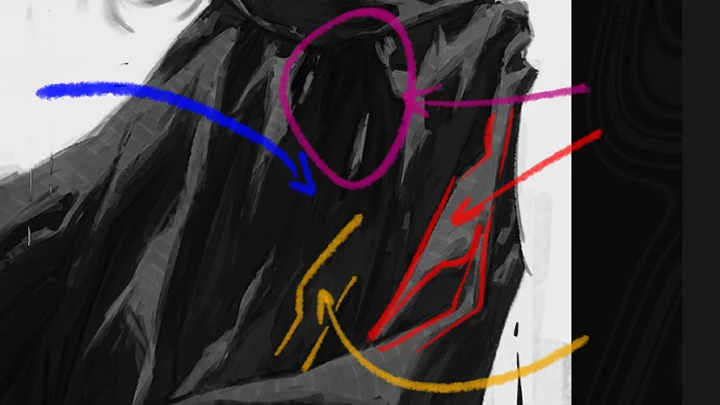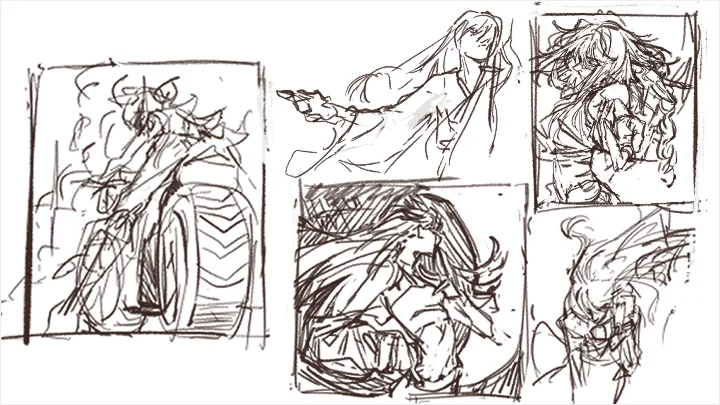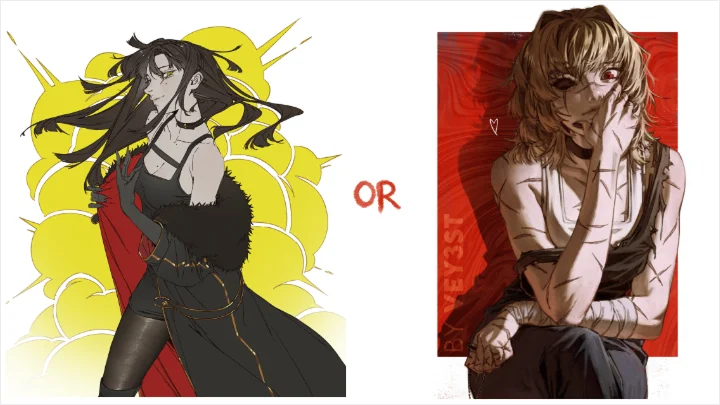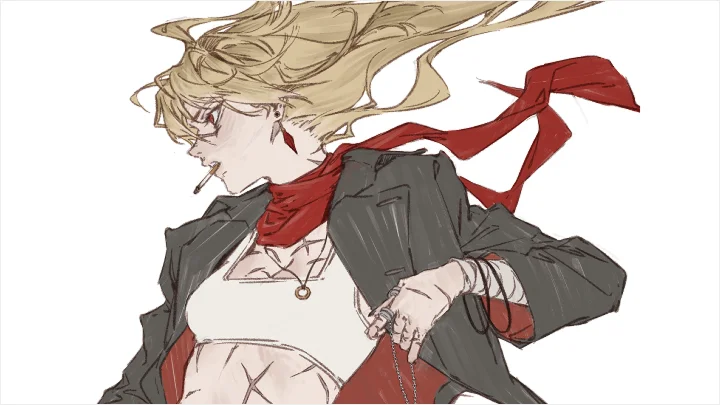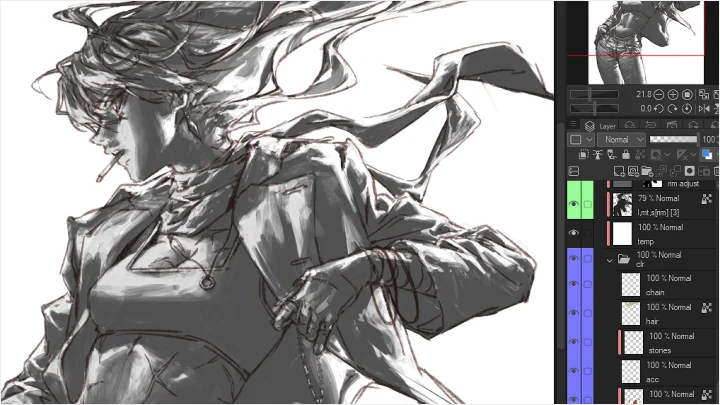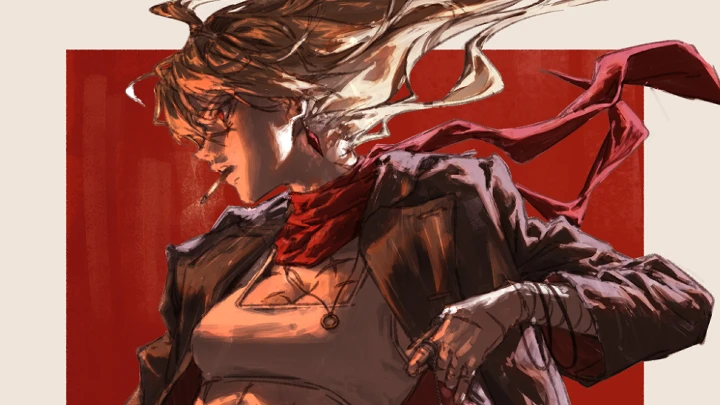Master Stylized Character Illustrations: From Ideas to Completion Details
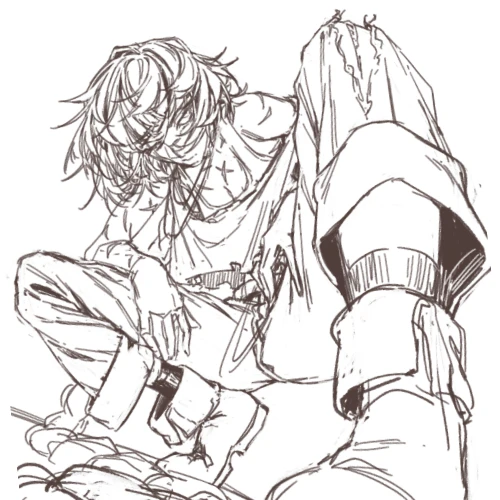
Break Down References & Professional Work
Maximize the effectiveness of self-study and learn from professional references. Develop and understand new skills that can eventually be applied to your own illustrations.
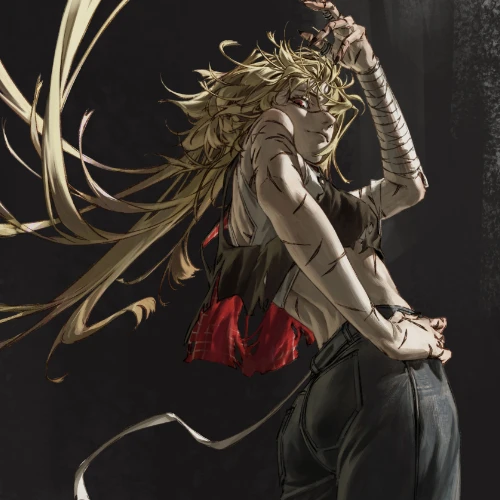
Incorporating Movement
Learn how to use the natural movement of the body, hair, clothes, and other elements of a character to enhance your composition in your illustrations. Make your illustrations feel more alive through enhancing the overall dynamic feel.
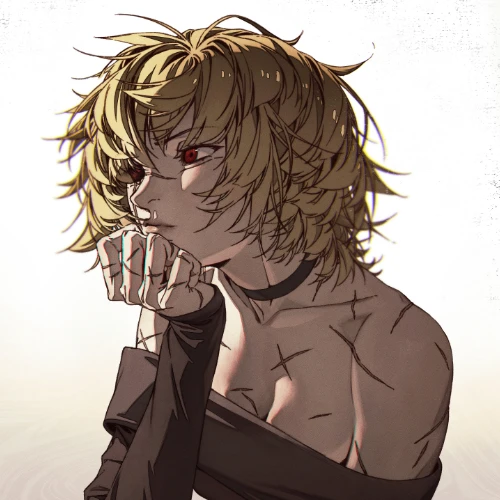
The Approach To Style
Style is based on your preferences, but how do these preferences come to be? Discover how each artist’s unique style develops, giving you the confidence to take steps forward in shaping your own style.
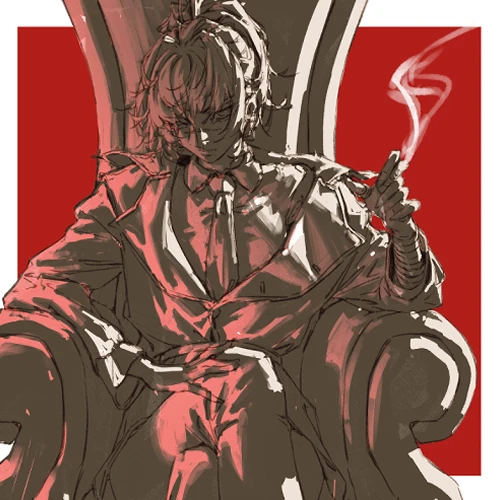
Planning Methods
Learn planning methods for your illustrations, such as creating a strong moodboard and thumbnails with lighting plans. These tools will help you visualize the final version of your artwork and stay on track during creation.
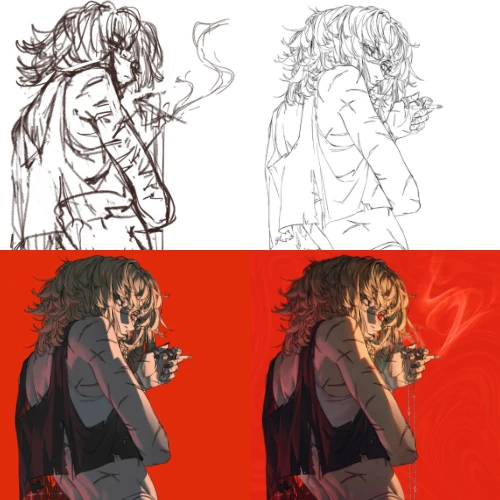
Illustration Process
From sketches to a full illustration, this course walks you through the entire process of creating an illustration. Along the way, you'll also learn tips and techniques to enhance elements of your artwork.
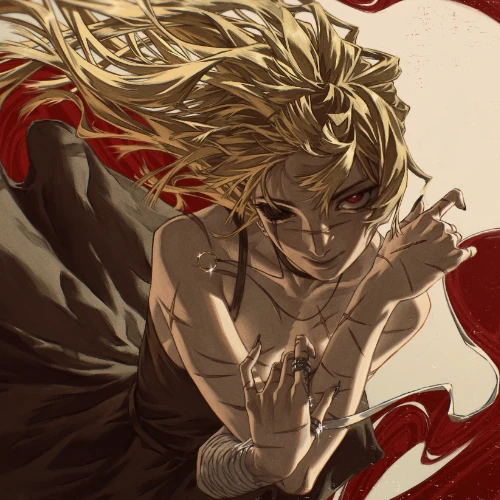
Applying Everything You've Learned To Create A Full Illustration
By the end of this course, you'll create two types of illustrations by applying all the skills you've learned. Practicing and reinforcing these design skills by creating your own artwork will ensure they stay with you throughout your future artistic journey.
- Section 01
Introduction
01. Orientation & Class Overview- Meet your instructor - Learn about the class objectives, overview, and learning outcomes
02. Brushes & Assets- Brushes and useful CSP assets - How I use these brushes and assets - Software features used for more efficient illustration making
- Section 02
Manifesting Your Vision
03. Know What You Want to Create- Understanding your own interests and preferences - Reflecting on your own artistic influences - Why it's important to know yourself - The two important things in strong illustration
04. Building Your Own Visual Library- Creating your personal mood library - Why it's important to create a visual library
- Section 03
Fundamentals & Design Techniques for a Strong Illustration – Part 1
05. Develop Style While Improving Fundamentals- Using both real-life and art references simultaneously - Breaking down references and learning to think in 3D - Applying what you have broken down - Objective failing and learning
06. Hair- My approach to drawing and structuring hair - Types of hair - Breaking down real-life photos - How to manipulate hair movement
07. Body Movement & Subtle Interactions- Understanding the essence of movement in a pose - How to exaggerate character movement - Movement on static poses - How to add movement to a boring pose
08. Practice: Applying Methods Learnt to All Elements – Part 1- Applying all the skills you have learned in this section
- Section 04
Fundamentals & Design Techniques for a Strong Illustration – Part 2
09. Composition- One element that makes a strong composition - Backgrounds and text as a part of design
10. Lighting Elements- Types of lighting - Lighting breakdown (values) - Lighting breakdown (color and environment) - Study lighting from references effectively
11. Contrast in Everything- Contrast isn't just restricted to light and dark - Applying contrast to everything - Textures and patterns
12. Practice: Applying Methods Learnt to All Elements – Part 2- Applying all the skills you have learned in this section
13. How Artstyle Comes to Be- My personal understanding of art style - The timeline of artistic growth
- Section 05
Planning Your Illustrations' Final Product
14. Coming Up With Ideas- Using music to immerse in the production of ideas - Make use of your curated visual library - Capturing your ideas
15. Creating a Detailed Reference & Mood Board- Based on your draft thumbnails, create a reference board
16. Thumbnail Drafting- Using references as a guide - Applying everything we have learned to refine the thumbnail draft - Manipulating character elements to enhance composition - How to add depth - Determining and planning a lighting scenario that best fits your vibe
17. What Type of Illustration?- Rendered vs. non-rendered - Adjusting your approach
- Section 06
Final Illustration Setup
18. Linework- Types of linework for different illustration outcomes - Fundamental tips for creating good linework
19. Adding Base Coloring- Setting up your base colors - Ways to add textures before adding light - Non-rendered illustration example
20. Setting Up for Rendering- Implement shading, lighting, textures, and other layering effects - Organizing your layers - Personal checklist
- Section 07
Finishing the Full Illustration
21. Rendering, Simple Yet Complicated- Simplifying the process - What to think about while you render - How early decisions can affect illustration outcome
22. Adding Final Touches to Your Illustration- Types of post-processing effects - Adding final touches to two types of illustrations - Adding patterns and textures to backgrounds
23. Objective Learning- Objectively learning from references - Objective self-critique
- Section 08
Things You Should Keep in Mind
24. Your Mindset Matters- Separating your personal and objective outlook - Taking your time - My personal experiences
This course will use Clip Studio Paint.
Please purchase and install these program(s) for an optimized chapter experience.
*These programs and/or materials will not be provided with the chapter.


